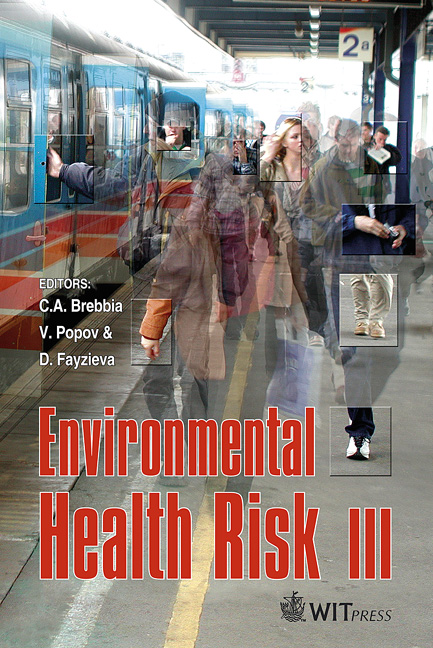Microbiological Risk In Operating Rooms: New Strategies For Infections Surveillance
Price
Free (open access)
Transaction
Volume
9
Pages
12
Published
2005
Size
624 kb
Paper DOI
10.2495/EHR050281
Copyright
WIT Press
Author(s)
A. Frabetti, A. Vandini, S. Pantoja Rodriguez, F. Margelli, M. Cavicchioli, M. Migliori, D. Arujo Azevedo, P. Balboni & S. Mazzacane
Abstract
In this paper the authors describe the program of epidemiological overseeing of the surgical site infections activated in the operating department of the Cento Hospital (Ferrara). The purpose of the program is to systematically collect the data related to the frequency and distribution of the infections contracted during a surgical intervention and to analyze the environmental factors correlated to them, the concentration of particles and of UFC, the characteristics of the ventilation system, the number of people in the room, the type of clothing, the systems of cleaning and disinfection, the type of intervention etc. The objective of the research consists of identifying the actions for prevention of the infections and to get an indicator of the quality of the surgical activities. Since the greatest obstacle to this kind of activity is related to the man-hour cost for the information collection, researchers of the University of Ferrara and the Cento hospital have setup an electronic system of automatic acquisition of the field data using computer technologies of different types (RFID-Radio Frequency IDentification sensor, PC pocket, net computer and programs). The management of continuous relief of the pollution level established in the operating rooms during every intervention, the automatic acquisitions of the main environmental parameters (temperature, relative humidity, instant air flow rate of climatization plant, state of the doors, level of pressurization of the room, level of stoppage of the absolute filters etc.) and of the clinical overview of the patient allow detailed knowledge of the conditions in which every surgical intervention is developed. Particular attention is paid to the state of hypothermia of the patient that is monitored in continuously before, during and after the operation, since according to some authors this determines an increase in the probability of contamination of the wound. The surgical wound is controlled daily in the hospital up to the moment of patient release and every three months for one year from the intervention, so as to record possible complication. This adopted strategy allows to verification in the respect of the behavioral protocols of the medical and nursing personnel. Keywords: surveillance, infection rate, microbiological and physical pollution.
Keywords
surveillance, infection rate, microbiological and physical pollution.





